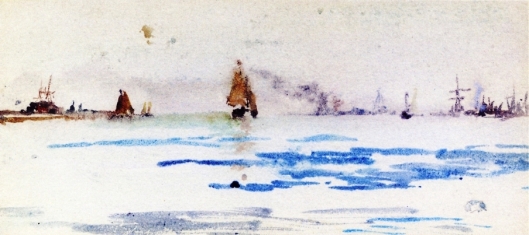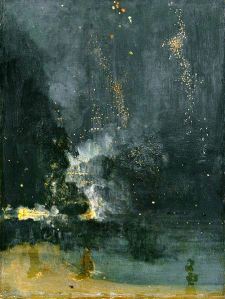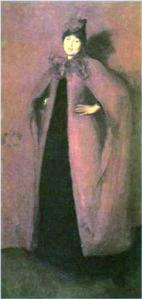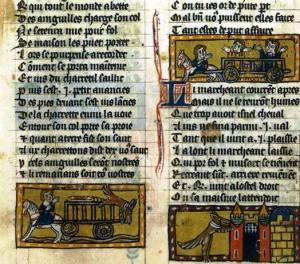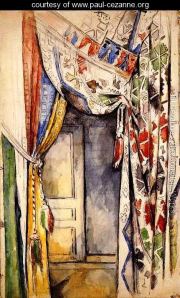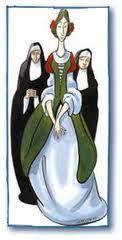Tags
Aesop's Fables, Fable, Jean de La Fontaine, Johann Wolfgang von Goethe, Le Renard ayant la queue coupée, Norwegian tale, Perry Index 17, Roman de Renart, Samivel, Type AT 2 the Tail-Fisher, Ysengrin loses his tail

Ysengrin sur la glace (Ysengrin on the Ice), by Samivel
Perry Index 17. The Fox without a Tail
- Why the Bear Is Stumpy-Tailed. The tail-fisher (Norwegian, AT 2)[i]
- Roman de Renart. The tail-fisher (AT 2)
- Le Renard ayant la queue coupée (La Fontaine Vol. 1. Book V.5, 1668)
- Du Renard qui a perdu sa queue (Æsop)
- The Fox without a Tail (Æsop: Perry Index 17)
- Reineke Fuchs EN (Goethe, 1794)[ii]
The tail-fisher
This motif is associated with Norwegian folktales (Aarne-Thompson 2) and also appears in Reynard the Fox (Aarne-Thompson 2). Le Roman de Renart FR. There are fables and folktales in which the fox, the bear, or the rabbit loses its tail, but these are not trickster stories.
The Norwegian Tale
The Norwegian tale resembles branche III of the Roman de Renart in that our Norwegian bear is fooled into fishing with his tail through a hole in the ice by a fox. He is then attacked and loses his tail running away from probable predators. The tail gets stuck in the hole through which the beat is tail-fishing.
The missing tail Type
The Roman de Renart
In the related Roman de Renart FR, the wolf Ysengrin plays the same role as the bear. Ysengrin is fooled by the fox into fish with his tail. This episode takes place in branche III of the Roman de Renart.
In Le Roman de Renart, the fishing-tail story unfolds as follows:
Smelling grilled eels, Ysengrin knocks at Renart’s door. Renart tells him that he is entertaining monks. “Would that I were a monk,” says Ysengrin! Renart obliges by throwing boiling water at Ysengrin to shave off some of his fur and, thereby, make him look like a monk (la tonsure). (See Samivel’s illustration at the bottom of this post.) He then leads Ysengrin to a hole in the ice of a frozen pond and tells him he will certainly catch fish. Renart leaves a bucket behind attaching it to the wolf’s tail and tells his foe not to move while he is fishing. The wolf’s tail gets stuck in the hole. When morning comes, hunters pounce on the fox whose tail is mistakenly cut off. Ysengrin runs away without asking that his tail be returned to him.
Photo credit: Le Roman de Renart Bibliothèque nationale de France, Ms fr.12584Jean de La Fontaine
Jean de La Fontaine’s Fox who has lost his tail, Le Renard ayant la queue coupée (Vol. 1. Book V.5), is based on a Æsopic fable entitled The Fox Who Had Lost His Tail (Perry Index 17). In La Fontaine’s fable, the fox is not the trickster fox of the Roman de Renart. In this fable, a fox who has lost his tail invites fellow foxes to have their tale removed. However, they ask the fox to turn around so they can see his behind. When le renard turns around, the other foxes start booing him. The proposed trend stops at the sight of the fox’s rear end.
Photo Credit: Le Renard ayant la queue coupée (La Fontaine) Photo Credit: Du Renard qui a perdu sa queue (Æsop)The same fate awaits Æsop’s fox
A FOX caught in a trap escaped, but in so doing lost his tail.
Thereafter, feeling his life a burden from the shame and ridicule
to which he was exposed, he schemed to convince all the other
Foxes that being tailless was much more attractive, thus making
up for his own deprivation. He assembled a good many Foxes and
publicly advised them to cut off their tails, saying that they
would not only look much better without them, but that they would
get rid of the weight of the brush, which was a very great
inconvenience. One of them interrupting him said, “If you had
not yourself lost your tail, my friend, you would not thus
counsel us.”
Temporary Conclusion
There are many severed-tail stories based on Aarne-Thompson Type 2, The tail-fisher is a favorite type. Moreover, there are short tail stories. One of my former students told me there is a “why the rabbit’s tail is short” in Glooscap, Abenaki mythology. But I have yet to find this particular version of “why the rabbit’s tail is short,” but it could be that my student’s testimonial suffices. She has Amerindian ancestry. A former and very well-educated Nova Scotia neighbor often used the following expression: “There is always something to keep the rabbit’s tail short.”
I will pause here and discuss Winnie-the-Pooh in another post.
_____________________________ [i] Aarne-Thompson: http://en.wikipedia.org/wiki/Aarne%E2%80%93Thompson_classification_system [ii] Johann Wolfgang von Goethe”. Encyclopædia Britannica. Encyclopædia Britannica Online. Encyclopædia Britannica Inc., 2013. Web. 29 Apr. 2013 <http://www.britannica.com/EBchecked/topic/237027/Johann-Wolfgang-von-Goethe>. List: Folklore How the Bear Lost his Tail (North American Lore) The Legend of How the Bear lost its Tail (Native American) A Related Tale (Myths of the Cherokees, by James Money) Why the Possum’s Tale is Bare Children’s Literature In which Eeyore Loses a Tail and Pooh (A. A. Milne, as of 1924) Les Malheurs d’Ysengrin, Goupil (Samivel) (AT 2) Rufus, the Fox (Margery Williams, 1937) (AT 2) Reineke Fuchs pictures by Wilhelm von Kaulbach: The most delectable history of Reynard the Fox; (1895)by Joseph Jacobs and W. Frank Calderon Reynard pours boiling water on Ysengrin, by Samivel © Micheline Walker 29 April 2013 WordPress









